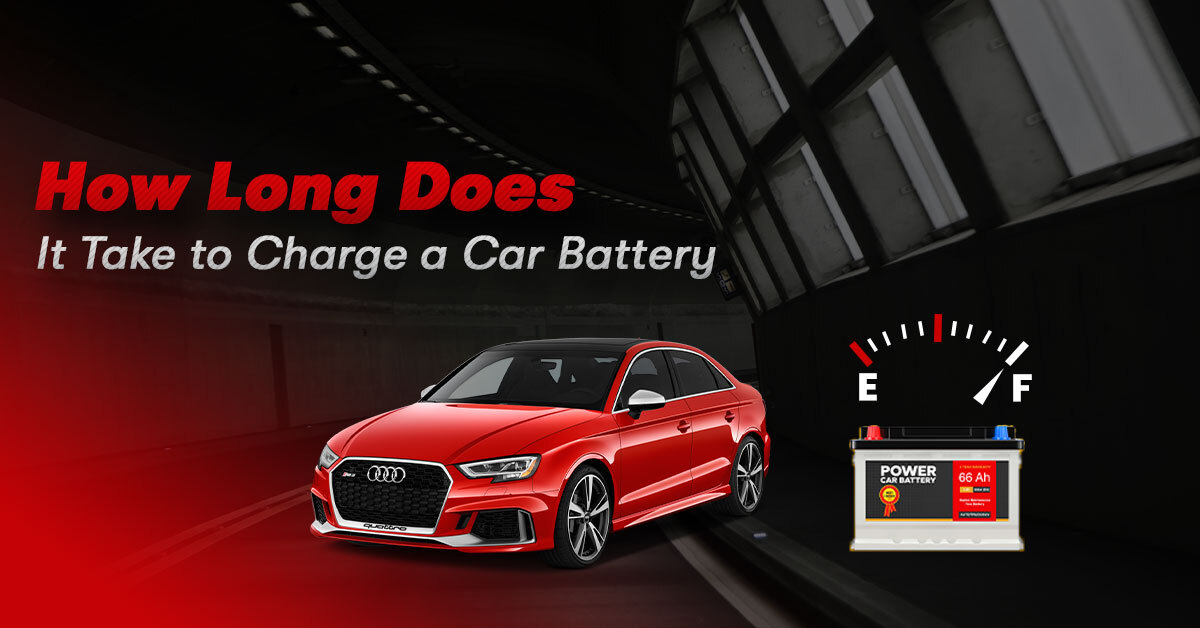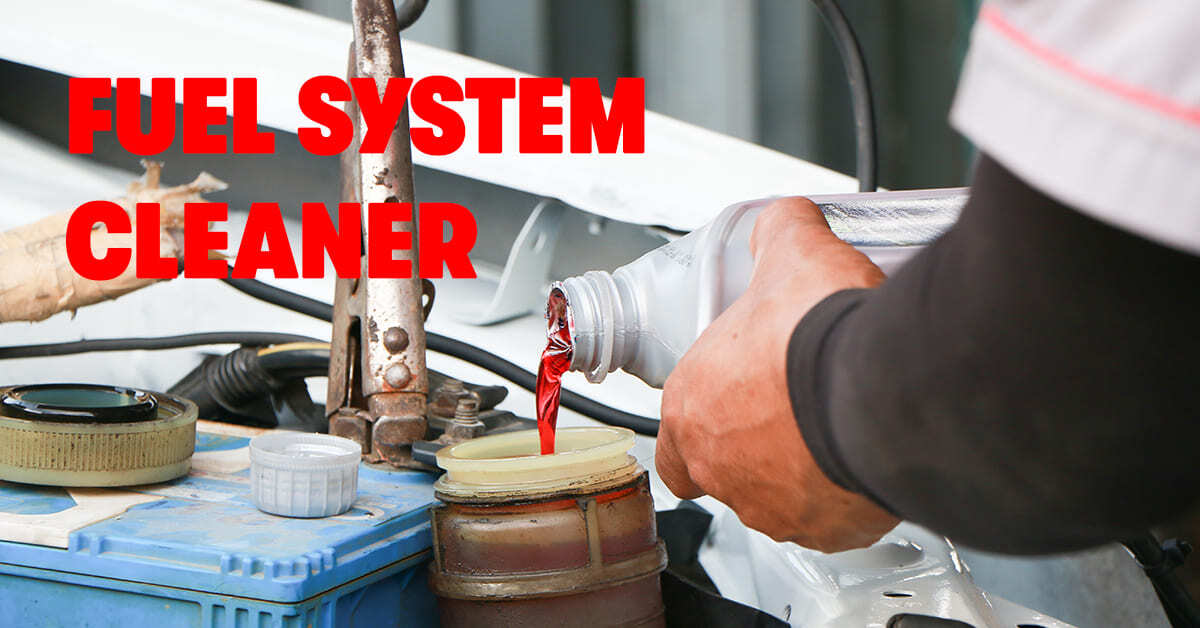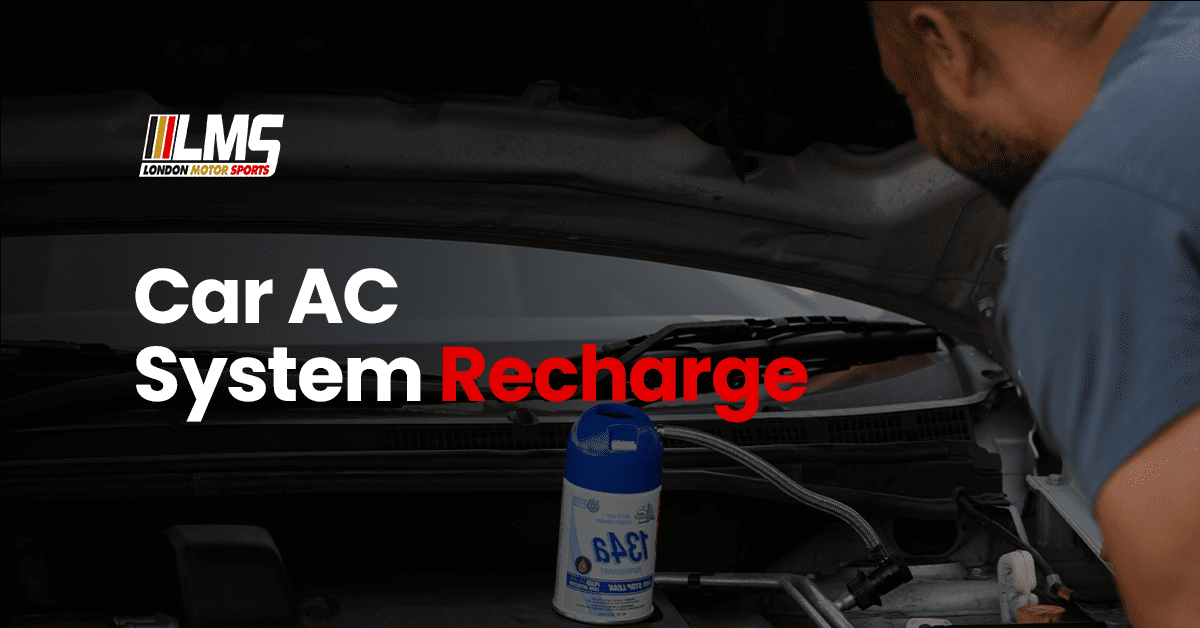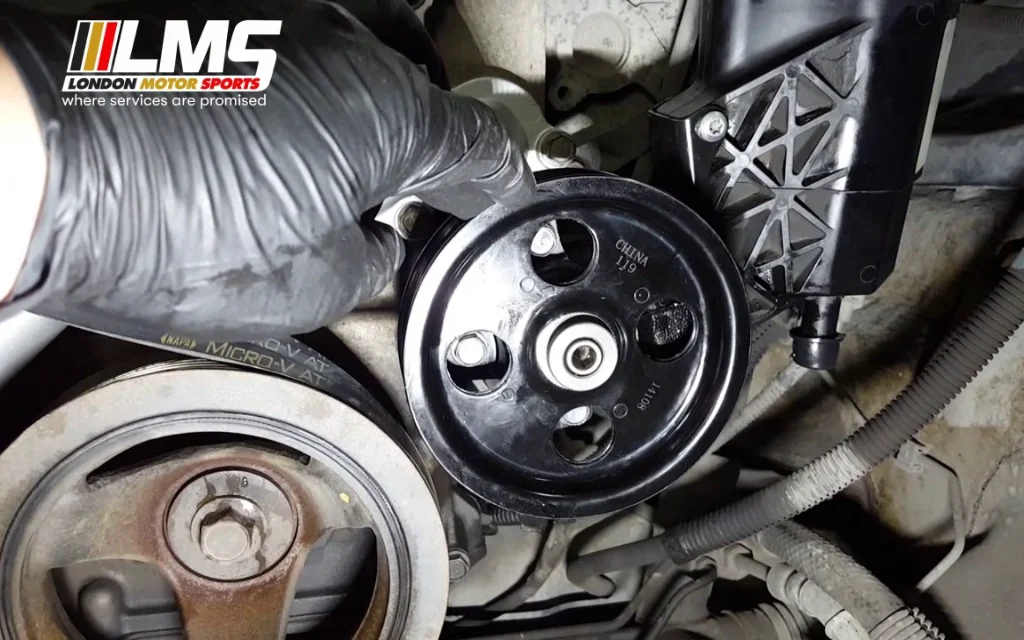As we navigate through 2025, one thing is certain: the automotive repair costs in the
Read MoreHome » Automotive Blog » Car Engine Problems? Learn What To Do Know
In this post, let’s explore “When do you need to replace a car engine?” in detail. Moreover, you can also learn about engine parts and the importance of engine replacement in this post. So, continue reading to delve into the further details:
A Well-Performing Engine Makes a Car Worthy
Everything You Need to Know About Car Engine Parts
Engine Cylinder
Like the human body, a car also has a heart called the engine. At the engine's core, cylinders are collectively defined as "engine cylinders". The piston in the engine moves up and down. It is responsible for generating power for the smooth running of your vehicle.
Engine Valves
The car engines consist of inlet and exhaust valves. These valves are responsible for taking the intake of air and fume exhaustion. Engine valves can also be a reason for your engine replacement because if the valves are not working, it will be responsible for combustion due to the mixing of fuel and oxygen.
Cylinder Heads
Your cylinder should be brawny; it will only happen when your car engine is high-quality. The engine head consists of ports and a track. The prime purpose of these heads is to maintain the airflow inwards and outwards.
Crankshaft
Not every problem in a car engine starts with combustion, but an ample amount of problems start with combustion, and the crankshaft is the most crucial component of the combustion engine.
What does a crankshaft do?
The crankshaft's work is directly linked to the wheels' driving. It switches the vertical piston movement into the horizontal rotational movement.
Piston
Have you ever wondered where the energy produced inside the engine goes? The energy produced during combustion is converted into mechanical energy with the aid of the piston, which moves upward and downward to transfer the energy to the crankshaft. That's why your piston needs to be in tip-top condition every time.
Piston Rings
The piston ring in automobile engines carries away all the heat. The hot piston moves into the engine's block to remove this heat. This block engine has three piston rings: compression, intermediate, and oil control rings.
Sparkplugs
If you focus on the part, you will get the answer. "Spark plugs." These engine parts are mandatory for sparking electricity so your vehicle can start and run on roads. In a nutshell, they are responsible for igniting fuel and oxygen at the right time.
The Cooling System
The cooling system exists for worry-free engine operation. Furthermore, if you want to know the four functions of the vehicle cooling system, they are: first, it will maintain a constant temperature; second, it will remove undue heat; third, it will increase the temperature of a cold engine; and lastly, it will warm the compartments.
Does your car needs engine replacement?
Being aware of these signs can help you take timely action. The model of your vehicle plays a significant role in the engine replacement cost. For instance, the engines of SUVs and sports cars are considerably more expensive than a daily-driving vehicle. Understanding this can help you make informed decisions about your car’s maintenance.

How to know: when your car needs engine replacement?
Before you know how to replace a car engine, you need to understand why your car engine should be replaced or why your vehicle needs proper servicing.
Excessive knocking
- Erosion on combustion chambers
- Overheating of sparkplugs
- Failing of oxygen sensors
Engine overheating
- Failing of the water pump
- Wicked thermostat
- Low oil
No Power Production
- Blockage in the fuel pump and line
- Poor battery connections
- Faulty air filters
Lack of Lubrication
- Internal parts heat up
- Valves burn up
- Seals dry out
Loads of Fume Ejection From Exhaust
- Particulates
- CO2, CO
- SO2
Weak Ignition Due To Old Spark Plugs
- Sluggish acceleration
- Engine knocking
- Engine misfiring
Engine Detonation
- Decrease in exhaust gas temperature
- Broken piston rings
- Damaged valves
Let LMS Take a Look At Your Car Engine!
If you find any mentioned signs and symptoms in your car engine, call us, and our dedicated staff will take a detailed look at your car engine. We guarantee the same-day engine replacement. So, leaving your car in the garage for days and weeks is unnecessary when LMS is here!
Related articles & guides 👇
A power steering pump is a power steering system’s most critical and complex component. Before
Read More






